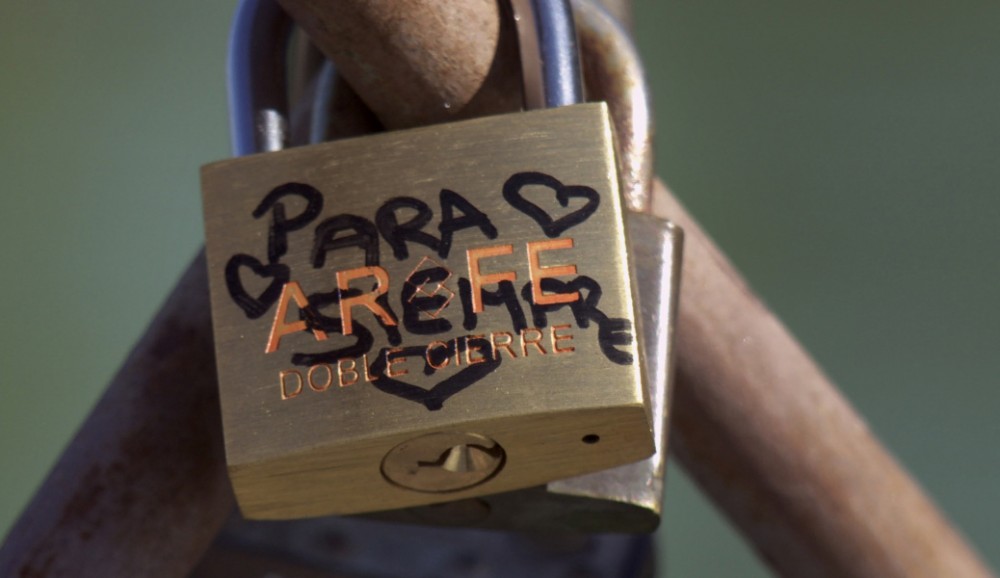Documentary: “Batallas Intimas” (Intimate Battles) by Lucía Gajá
“Batallas Intimas” follows five women throughout the world in the aftermath of domestic violence they’ve suffered — in Mexico City, New York, Seville, Helsinki and Delhi.
“It’s a film that talks about domestic violence in a universal way, trying to get out of stereotypes about domestic violence just happening [to people] in the Third World,” Gajá said. “It happens everywhere. It doesn’t matter the country, the race, the money you have.”
“I think the main reason why this is happening has to do with the system we’ve been living in. Neoliberalism, patriarchy, are really the problems. We have built relationships around power, around control, around property … we are raised thinking that when you are with someone, then they belong to you, or you belong to them.”
One of the darkest elements of this pattern of domestic abuse is that it can go unnoticed for years.
“The invisible wars are the more difficult to end,” Gajá said, “and the deadliest.”
Animation: Short films by Sofia Carrillo
Carrillo works in stop-motion animation. She had a few shorts in the festival.
“My parents are both painters, so I wanted to be a painter and write short stories,” Carrillo said. “When I had to decide what to study, I read about film school. For me, it was a perfect combination of painting and writing.”
She enjoys the flexibility of the medium and its capacity for fantasy. She sticks with stop-motion because it “does not get old,” she said. “It’s fresh every time because you can touch the materials. It’s an honest material — it’s not 3D.” In other words, Tim Burton before Pixar.
Docu-drama: “La Cuarta Compania” (The 4th Company) by Amir Galvá n Cervera (co-director, main producer) and Mitzi Vanessa Arreola (writer, director, producer, editor)
They call their style “immersive filmmaking” — a film at once fiction and documentary.
The film set at the end of ‘70s in a high security prison in Mexico City. A young man named Zambrano joins the prison’s football team (Los Perros).
“Los Perros is also the fourth company — it’s a gang run by the management of the prison,” Cervera said. “They run the discipline in the prison, but at the same time they are a crime organization that are allowed to leave the jail. They steal cars, rob banks and share the profits with the police authorities.”
The two researched and fact-checked their project for 10 years. It required some negotiation with the Mexico City authorities.
“At the time [that they started shooting], the Santa Marta was the most dangerous prison in the world,” Arreola said. “Now, it’s in the top five.”
The process of immersive filmmaking required attention to both the semi-fictional story and the real setting.
“We went to this jail as visitors, as teachers,” Cervera said. “We made some workshops and trained [inmates] in making films, and then as actors.”
“The result on the screen is that you can tell that reality is there,” Arreola said.
Why make this film?
“It’s a story with great cinematographic potential, historically relevant with our society … it was giving the prisoners a face to tell this story,” Arreola said. “And for me, it was a chance to talk about something I consider important: freedom.”
Thriller: “Sin Muertos No Hay Carnaval” (Such is Life in the Tropics) by Sebastián Cordero
”[This film is] a chance to look at the power relationships between people and the city,” said Andrés Crespo, who acts in the film and co-wrote it with director Sebastián Cordero. “It’s very present in Latin-American arts — that relationship with higher classes and lower classes.”
He mentions that the film fell somewhat flat in Ecuador.
“I think what one always dreams is that this way you have of looking at things is going to influence people, change them or whatever … but in a Third World country, it’s hard for a movie to have a big impact,” Crespo said. “Critics’ voices don’t really matter much in structures dominated by power mania … over there, it’s just a film. We have bigger problems than talking about films … it’s just the Third World, y’know. It’s a good place to live, but that’s the way it is.”








